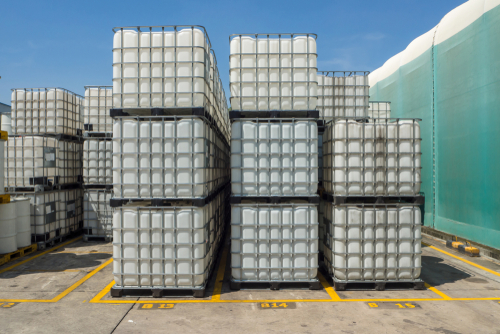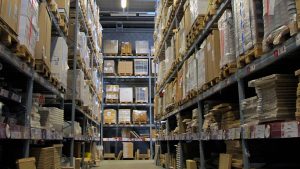Mass freight comes in two assortments: liquid and non-fluid items, each with unique characteristics and the executives needs. Sent material products in their crude, untreated state, like substances, metal, and grains, are alluded to as dry mass cargo. Enormous, uniquely planned bulk containers cargo ships are normally utilized for conveying and putting away strong mass freight, which is kept in open burden holds. Substantial mass freight shipping and putting away it are extremely straightforward methodology. The freight isn’t bundled explicitly; it is kept in its unique nature. Oppositely, liquid mass cargo incorporates things like condensed gases, oil, and mixtures that are conveyed in a condition of fluid. Regularly, big haulers — particular vessels — are utilized for moving and holding fluid mass merchandise. Fluid mass cargo requires more cautious administration and safeguarding than dry mass freight on the grounds that managed conditions are expected to keep away from holes, breaks, and different types of harm to the climate.
Assortments in Mass Freight:
Break Mass: When things are conveyed independently as opposed to as mass freight or put in vessels, it is alluded to as divided cargo. These cargo classes need dealing with and specific devices for both stacking and dumping. Amble, steel, pipelines, and gear are instances of break mass freight.

NEO Mass: Neo mass is the term used to portray mass freight that is conveyed in large amounts, including metals, grains, minerals, and different other unrefined substances. These products are sent by mass vehicle vessels, which are worked to deal with significant heaps of freight on a solitary outing.
Restrictable: Altered repositories or foldable interval mass holders (FIBCs) can be utilized to ship mass material. These repositories hold open, fine, or fine substances like structure supplies, mixtures, metals, and even oats.
Due to its size and mass, mass cargo presents specific planned operations and dealing with issues. For ideal security and adequacy across the whole cycle, mass freight the board requests a top to bottom information on the specific products moving as well as the appropriate stockpiling, and travel utilizing mass holders and dealing with strategies.
This is a careful clarification of mass freight, including what it is, the way things are stacked and dealt with, and the sorts of holders that are utilized for transportation. Unpackaged items conveyed in colossal sums on ships fabricated particularly for this utilization, which are dry merchandise transporters or mass transporters, are alluded to as mass freight. Manures, cereals, iron metal, coal, and cement are a couple of instances of mass freight.























